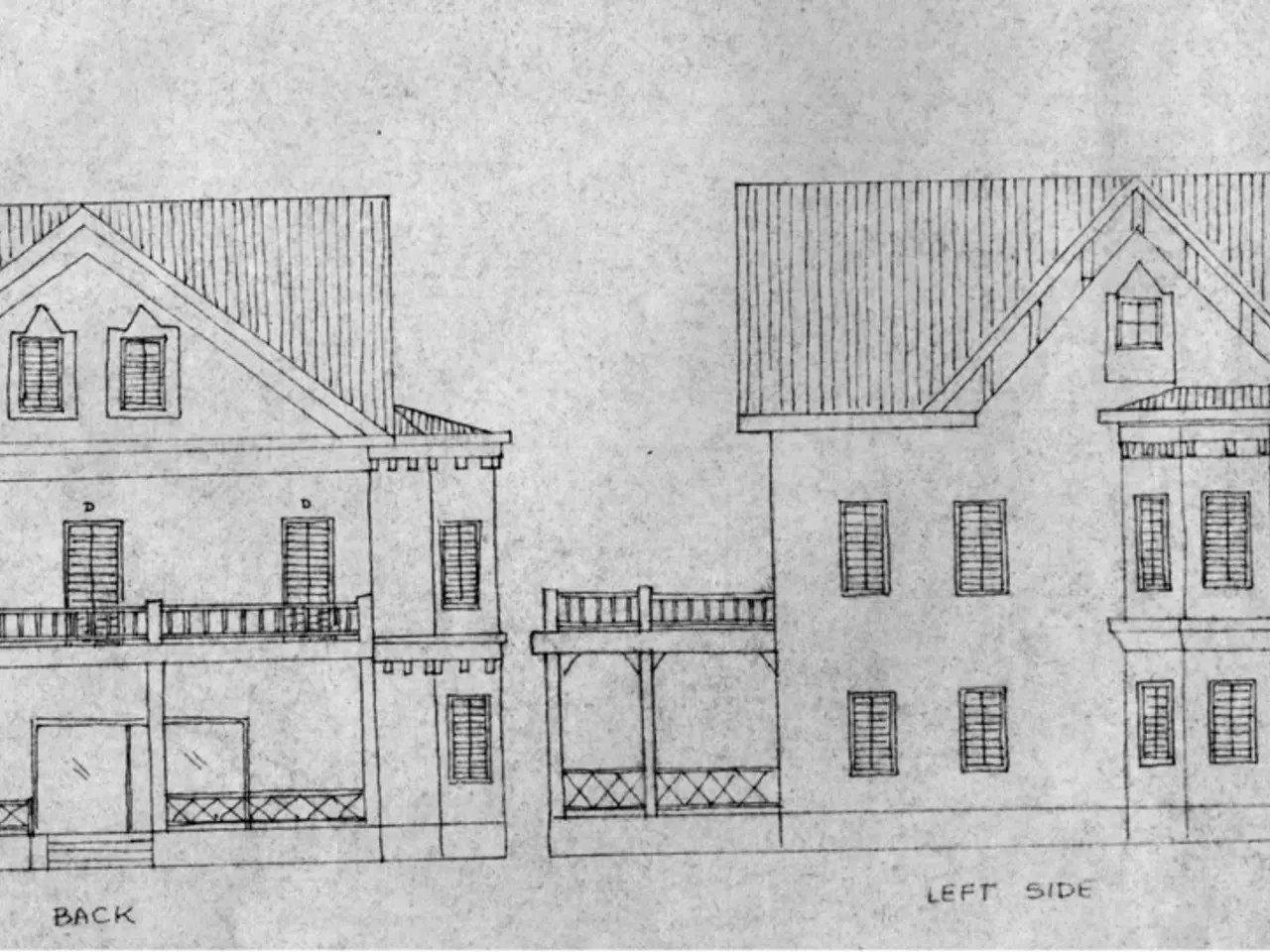Peeking into the opulent drawing room of Ireland's most magnificent Palladian mansion: An exclusive exploration
The interior design of John Goodall's depiction of the 1750s drawing room in Russborough House, Ireland, is a captivating reflection of the Palladian style and the Georgian taste for classical elegance. This exquisite space, a testament to the refined aesthetic preferences of the Anglo-Irish aristocracy during the mid-18th century, offers a fascinating glimpse into the period's cultural and social milieu.
## Inspiration Behind the Interior Design
The design of Russborough House, built between 1741 and 1755, embodies the principles of Palladian architecture, inspired by the work of the Venetian architect Andrea Palladio. The drawing room's interior is characterised by symmetry, proportion, and classical motifs such as columns, pilasters, and ornate moldings.
The influence of the Grand Tour, an educational journey through Europe undertaken by wealthy elites, is also evident. Exposure to classical art and architecture in Italy and Greece inspired the Anglo-Irish gentry to incorporate antique themes—mythological paintings, Greco-Roman urns, and fresco-style wall decorations—into their homes.
While Palladianism dictated architectural elements, the interior decoration of the 1750s also shows Rococo influences, such as delicate ornamental details, curved furniture legs, and intricate plasterwork. At the same time, a movement towards neoclassicism, emphasizing cleaner lines and restrained decoration, started emerging, creating a tasteful blend seen in Russborough’s drawing room.
## Reflection of Period Tastes
The drawing room at Russborough House was a key social space for entertaining guests, and its design balanced grandeur with comfort. Plush upholstered furniture, rich fabrics, and warm color palettes were employed to convey sophistication and hospitality. The Georgian era prized order, balance, and harmony, all evident in the room’s layout and decoration. Furniture arrangements, window placements, and decorative features adhered to symmetrical planning, reflecting Enlightenment ideals of rationality.
Integration of art and ornamentation was crucial to the period's aesthetic. Fine paintings, ornate mirrors, and sculptural details functioned both as status symbols and as embodiments of refined taste and education. The inclusion of these elements illustrated the owners’ cultural knowledge and wealth.
Notably, the walls beneath the decorative plasterwork in the drawing room are also ornamented. The larger Lacroix pair survived at Russborough until the contents were auctioned off in 1952 as part of the sale of the property to the collectors Sir Alfred and Lady Beit.
## Architectural Mastery
The architect of Russborough House is thought to have been Richard Castle, possibly working with gentleman amateur Francis Bindon. Castle's design for Russborough is perhaps the grandest and most coherently expressed Palladian house in Ireland. However, Castle's influence ended abruptly with his sudden death on February 29, 1751. The internal plasterwork at Russborough shows a change in character after his death.
Richard Castle was the son of an English-born Jew called Joseph Riccardo and had settled in Ireland by 1728. His legacy lives on in the grandeur and elegance of Russborough House, a testament to the architectural prowess of the time.
In summary, John Goodall’s 1750s drawing room at Russborough House captures the essence of mid-Georgian interior design, inspired by Palladian architectural principles and imbued with classical motifs and emerging neoclassical tastes. It reflects the period’s characteristic harmony, social function, and the cultural aspirations of the Anglo-Irish elite.
- The fashion-and-beauty elements in Russborough House, such as the mythological paintings and Greco-Roman urns, show the influence of the Anglo-Irish gentry's exposure to classical art and architecture during the Grand Tour.
- Beyond the Palladian design principles, the food-and-drink aspect in the 1750s drawing room also highlights hospitality with plush upholstered furniture, rich fabrics, and warm color palettes creating a comfortable and sophisticated ambiance for social gatherings.




